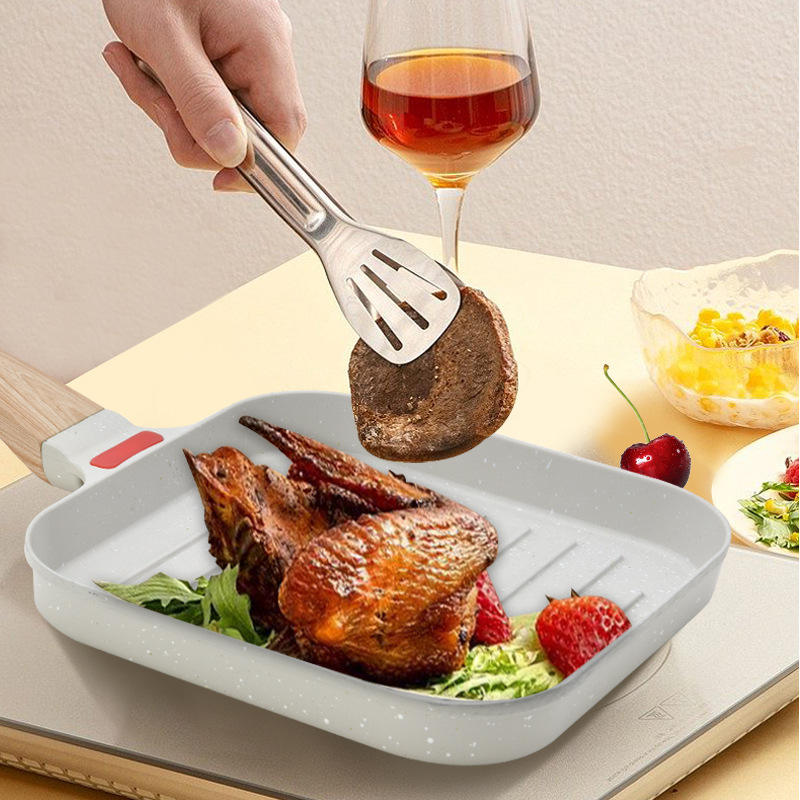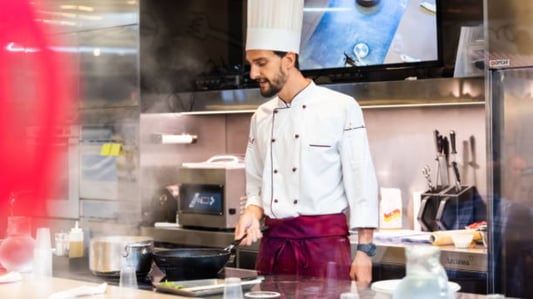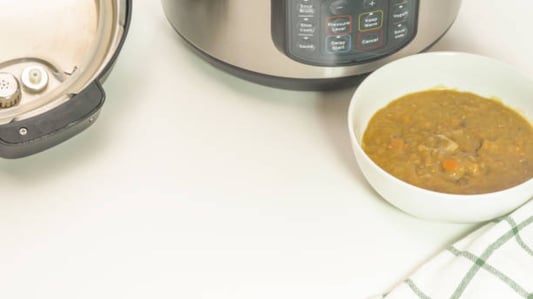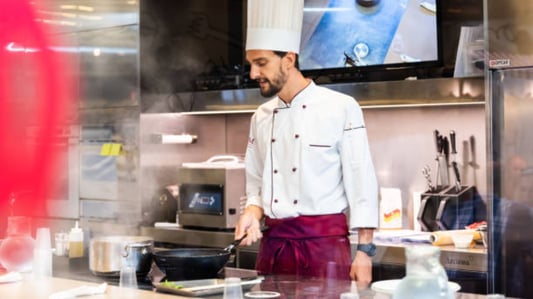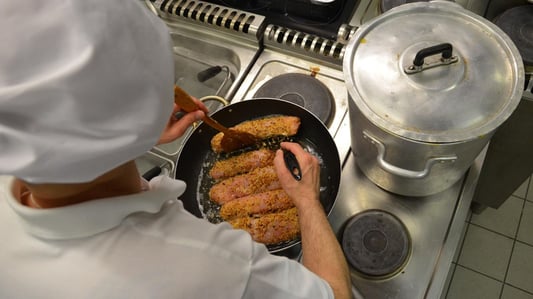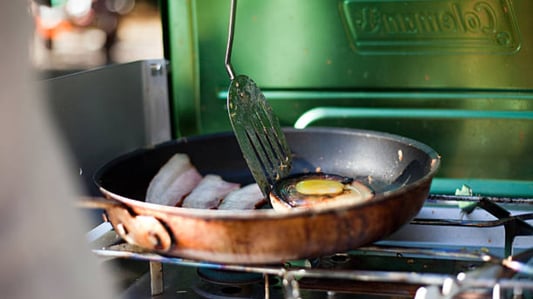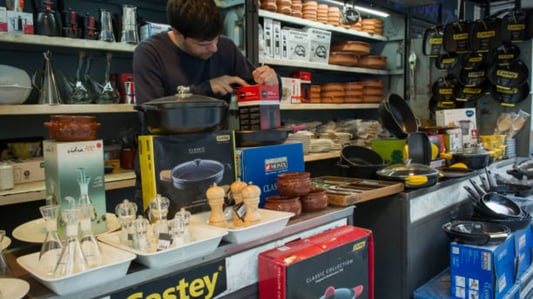Non-stick Cookware Sets Investing in a set of non-stick cookware is a great starting point for beginners. These sets typically come with various pots, pans, and lids that are easy to clean and maintain. Look for reputable brands like T-fal or Calphalon for quality options that will last a long time. Cast Iron Skillets Cast iron skillets are versatile and durable cookware options that are perfect for novice cooks. They can be used on the stovetop, in the oven, or even over a campfire. Seasoning your cast iron skillet properly is key to ensuring that it remains non-stick and easy to use. Stainless Steel Cookware Stainless steel cookware is another popular choice for beginners due to its durability and versatility. Look for sets that come with a variety of sizes and types of pots and pans to suit your cooking needs. Stainless steel is easy to clean and can easily transition from stovetop to oven. Silicone Utensils When cooking with non-stick or stainless steel cookware, it's important to use the right utensils to prevent scratching or damaging the surface. Silicone utensils are a great option as they are heat-resistant and gentle on your cookware. Look for sets that include spatulas, spoons, and tongs for all your cooking needs. Stockpots and Dutch Ovens Having a good quality stockpot or Dutch oven in your cookware collection is essential for making soups, stews, and one-pot meals. These larger pots are perfect for cooking in bulk and are easy to clean and store. Look for options with sturdy handles and tight-fitting lids for easy use. Knife Sets Every cook, novice or experienced, needs a good set of knives in their kitchen. Invest in a quality knife set that includes a chef's knife, paring knife, and serrated bread knife for all your chopping, slicing, and dicing needs. Keeping your knives sharp and well-maintained is essential for safe and efficient cooking. Bakeware Essentials For novice bakers, having the right bakeware is crucial for success in the kitchen. Invest in a set of baking sheets, cake pans, and muffin tins for all your baking needs. Non-stick options are best for easy release and cleanup, making baking a breeze for beginners. Measuring Tools Accurate measuring is key to successful cooking and baking. Invest in a set of measuring cups and spoons, a kitchen scale, and a liquid measuring cup for precise measurements. Having the right tools on hand will help you follow recipes accurately and achieve delicious results. Instant-Read Thermometer For novice cooks who are just starting to learn about proper cooking temperatures, an instant-read thermometer is a must-have tool. This handy gadget will ensure that your meats are cooked to perfection and eliminate any guesswork when it comes to food safety. Invest in a quality thermometer for accurate results every time. Cookware Care Tips Proper care and maintenance of your cookware are essential for longevity and performance. Always follow the manufacturer's instructions for cleaning and seasoning your cookware to ensure it lasts for years to come. Avoid using metal utensils on non-stick surfaces and always hand wash your cookware to prevent damage. Quote InquiryContact us!

